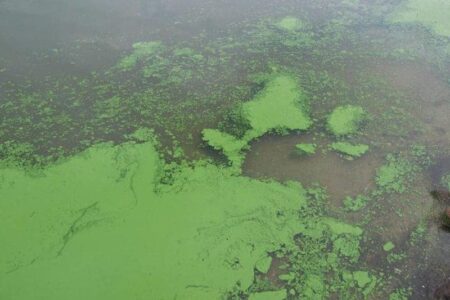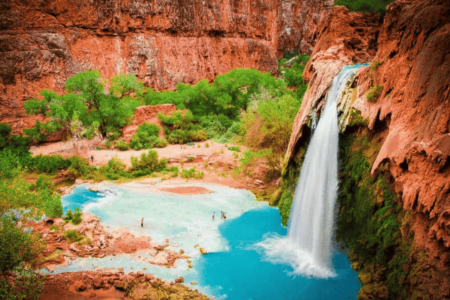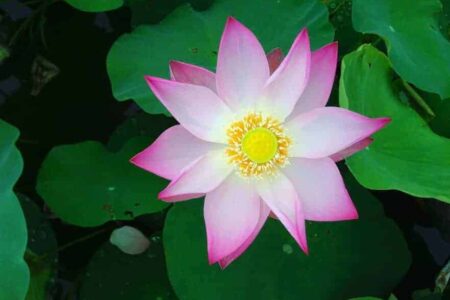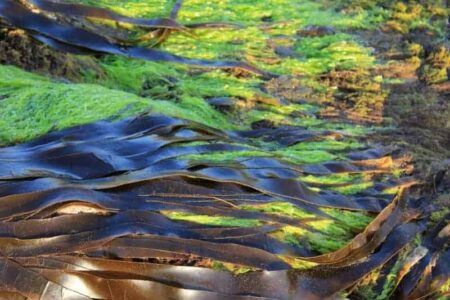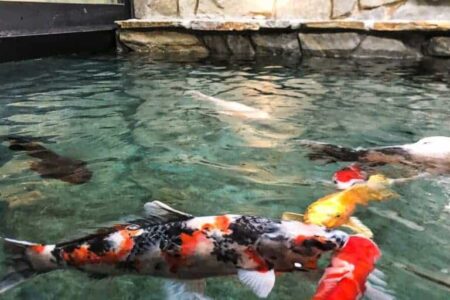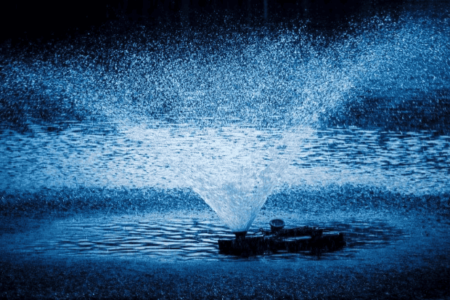3 Common Types Of Aquatic Systems
There are three major kinds of aquatics systems, which are defined broadly as “closed,” “semi-open,” and “open.” An open system involves water incoming from a certain source (e.g., city water, well water, or surface water) that flows through the culture facility once, and then is discharged into the ocean, retaining pond or similar. Two examples of open systems are cage and raceway systems. Semi-open systems have a certain capacity for recirculating water. It requires some form of treatment. However, freshwater coming from an external source might be added as necessary for supplementing the treated water. A closed system might be natural, like a static outdoor pond, or might be a highly engineered system; before recirculation, an intensive aquaculture system relies on extensive filtration of the water. Typically, aquariums are considered to be closed systems. However, the carrying capacity and complexity of the design of individual systems can vary significantly.

Outdoor Ponds
Typically, outdoor ponds are built out of clay-based soils, or they might have a kind of plastic liner for retaining water. There are water table ponds in California as well, which might a certain level of groundwater horizontal flow in and out of a pond. Production ponds can vary in size significantly, but the surface area will be maximized by a good design while minimizing the depth (ideally less than 6 feet) at the same time. The design reduces the risk of stratification that may result in “turnover” catastrophic events (refer to Dissolved Gases). An aeration device ideally should be available for every outdoor pond. A majority of aquaculture production ponds in the southeastern region of the United States range from 0.1 up to 20 surface acres worth of water. By contrast, recreational fishing ponds normally have smaller surface areas but might be very deep, which substantially increases the risk of turnover and stratification.

Ornamental Ponds & Decorative Ponds
Ornamental ponds can vary from a couple of hundred gallons of water up to many thousands. Usually, the water quality of larger ponds (more than 10,000 gallons) is easier to manage and also more forgiving for owners who might overfeed or overstock the fish. Water is provided to larger ponds from either city water or well source and run as closed systems. It is also critical for these systems to have supplemental aeration and is frequently provided by a stream, waterfall, or other aesthetic means to move water. Clinicians not only should test the dissolved oxygen when an ornamental pond is being evaluated but assess water movement as well.

Vitality Of Proper Functioning Pond Equipment
In systems that are poorly maintained, flow rates may decrease significantly and filters can become clogged. Poor flow rates can result in the biofiltration performing poorly and ultimately can cause system failure and increases in the total amount of ammonia nitrogen concentrations. Also, poor flow rates often are associated with low dissolved oxygen levels and at near saturation being unable to maintain oxygen concentrations. If a pond relies on a waterfall as its main source of aerations, and there is a decline in flow rates, this also can compromise the aeration capability.
When an ornamental pond is being evaluated, shade can be a very important consideration. Lack of shade may result in the extreme and rapid heating of water, particularly in shallow ponds. Hot water in its own right is detrimental and it also doesn’t hold oxygen very well, which increases the risk of the depletion of oxygen. Shade trees surrounding a koi pond might contribute to organics and leaf litter inside a pond.
Another important thing to consider when an ornamental pond is being designed is preventing predation. Fish that are housed in these types of units are typically very colorful and can be quite attractive to birds including owls, and mammalian predators like otters and raccoons. Reptiles (e.g. alligators) in the state of Florida might prey on ornamental fish as well. Erecting some kind of visual barrier for minimizing birds being able to detect colorful fish can be helpful, along with pond design structures or features that limit access of the pond to wading birds. Erecting an electric perimeter fence 12 to 18 inches off of the ground might keep crocodilians or small mammals out of the owner’s yard to protect fish as well as pets.
Raceway Systems
Other kinds of systems that are more typically found in aquaculture production, include raceways and cages. Typically, a raceway system is comprised of a series of narrow, long and fairly shallow earthen or concrete tanks. Water enters into the unit on one end and then is discharged on the other end. They often use some surface water source, like a flowing river, for growing out the fish. Advantages offered by raceway systems include having the capacity to stock heavier densities compared to ponds with a corresponding volume. Some of the disadvantages include introducing contaminants or pathogens to the farms as well as discharging treatment chemicals, pathogens, and nutrient waste in the effluent.
Cage Production
Using cage production is more commonly found in open water. A prime example is the salmon industry. Large cages are typically put into protected bays during the operation’s grow-out phase. New technologies alternatively allow cage systems to be sunk completely in deep water, which reduces the risk of damage from wave and wind action. The advantages offered by cage production include the exchange of tidal water, which doesn’t require pretreatment in order to be suitable for fish. Some of the disadvantages of cage production include equipment being potentially damaged, fish escaping during storms, the potential for contamination when there is a harmful algal bloom or a chemical spill, and concerns of the adverse environmental impacts of aquaculture operations. Utilization of cage culture technology globally is becoming increasingly important with the more intensive cultivation of marine fish food.
Original Content Source: lakemanagementinc.net

